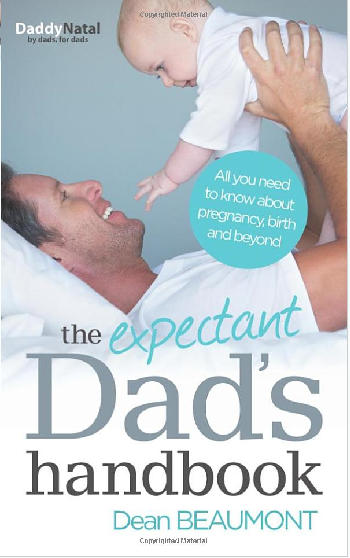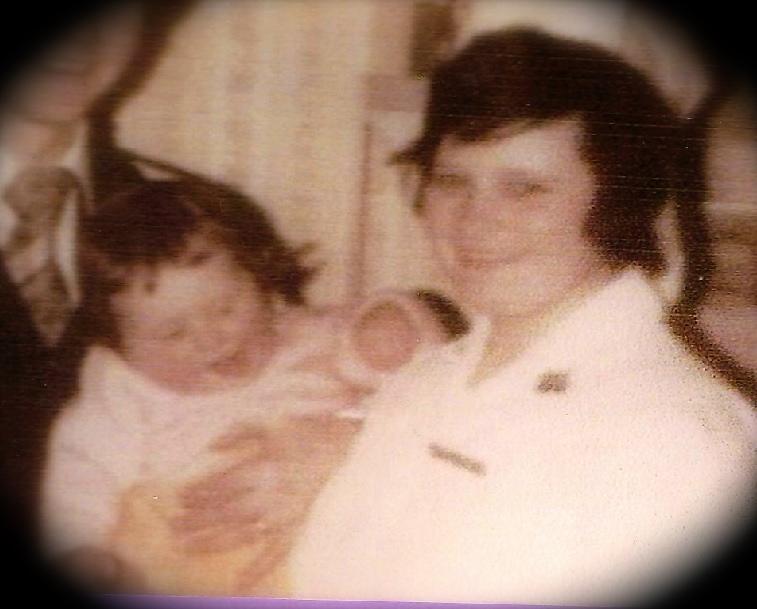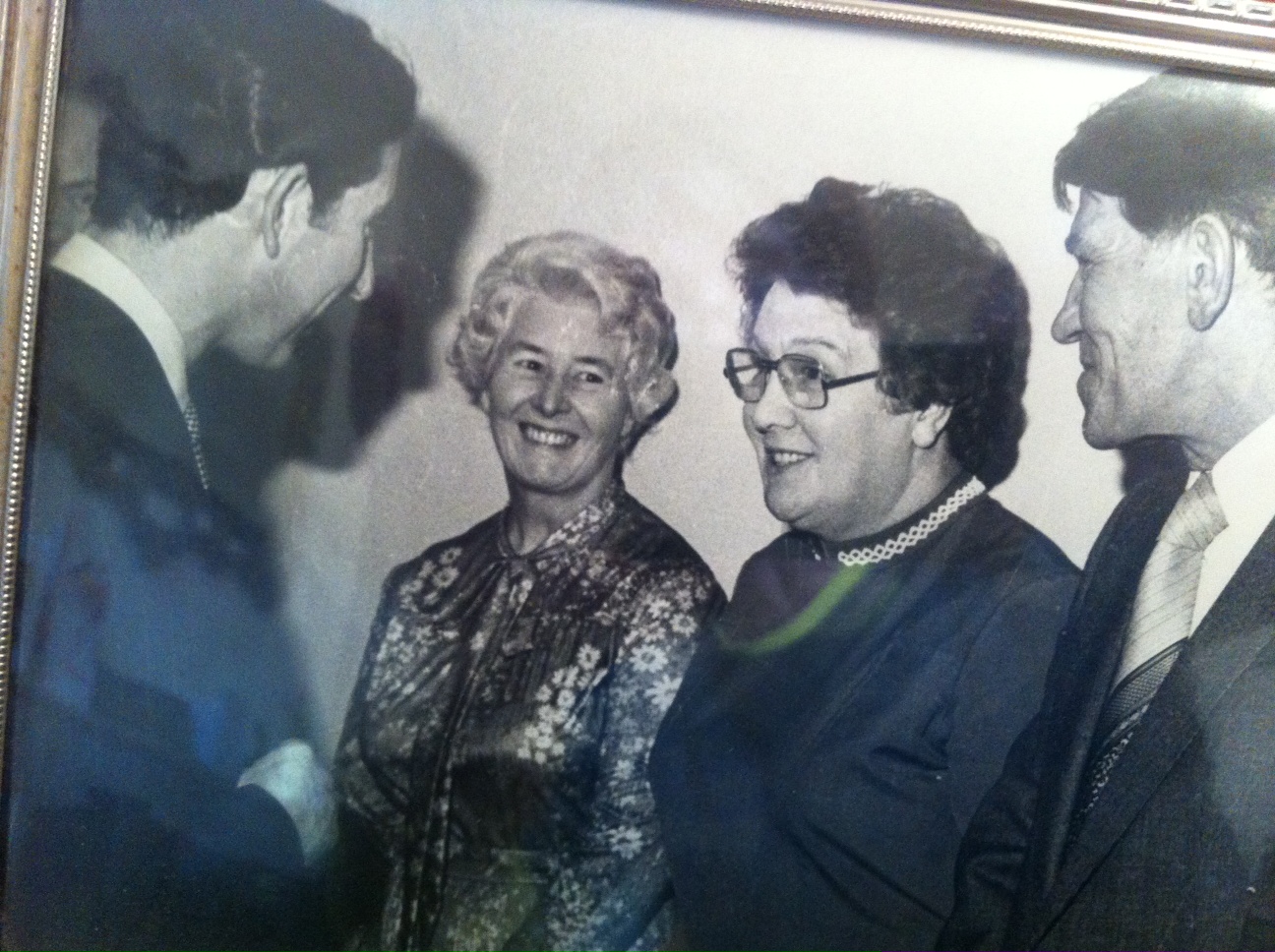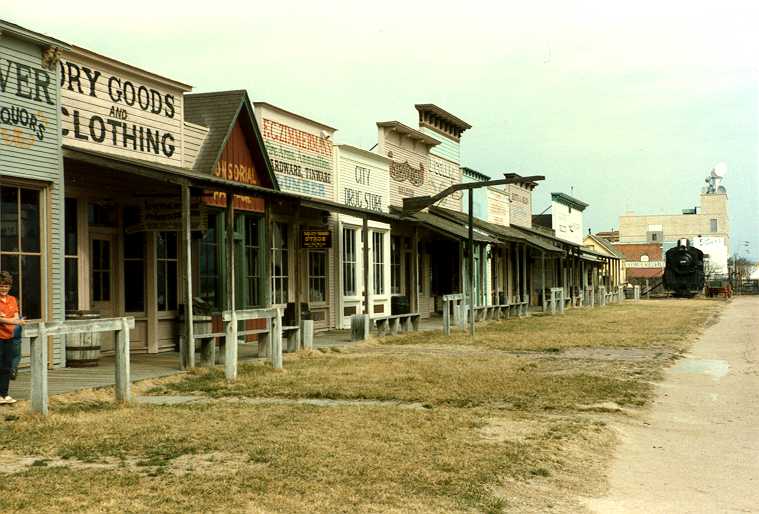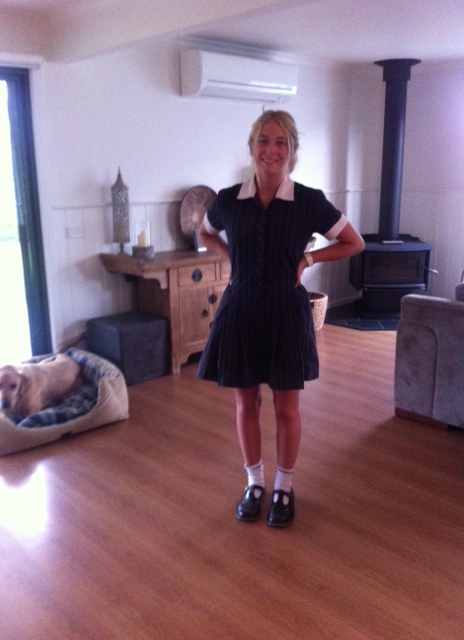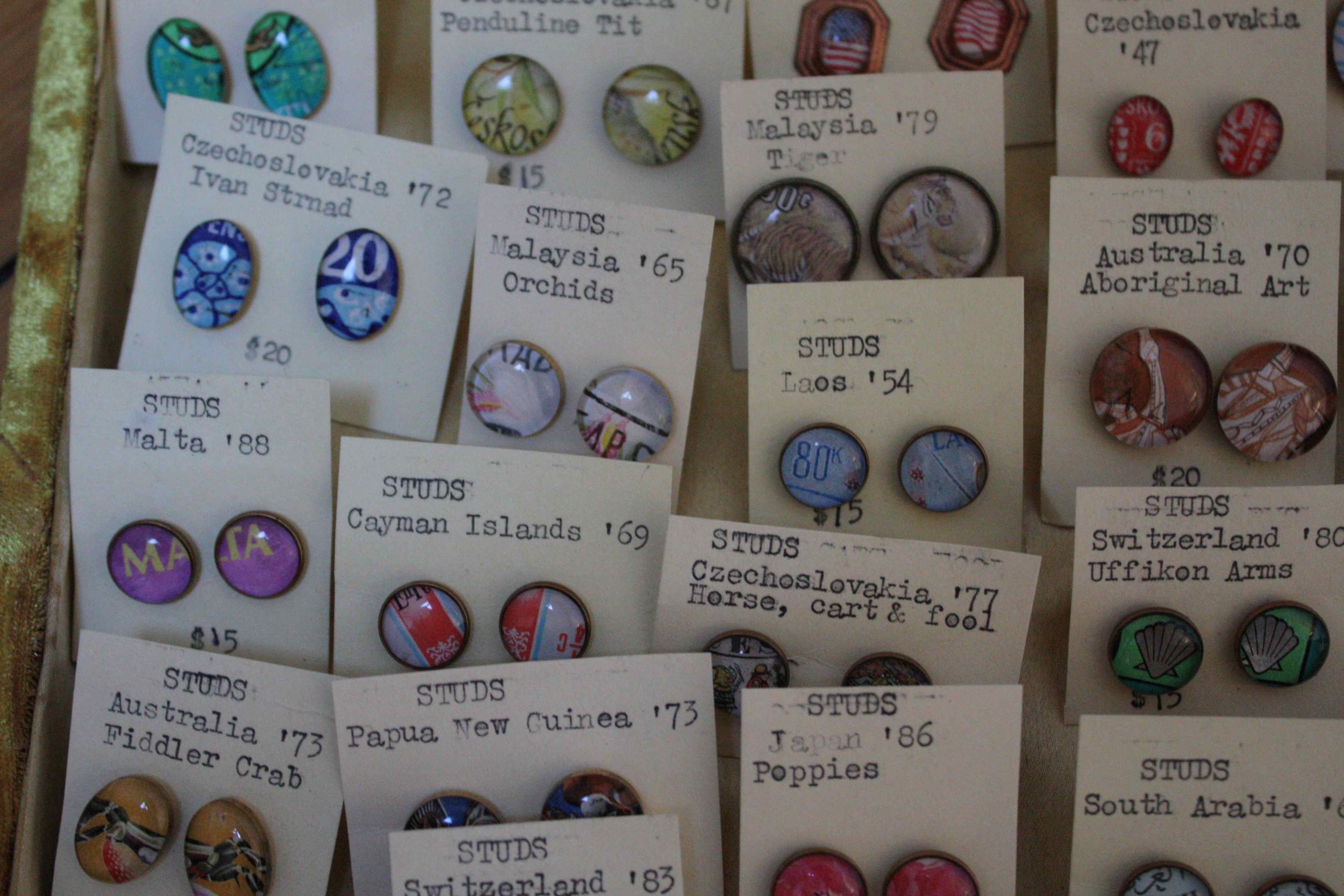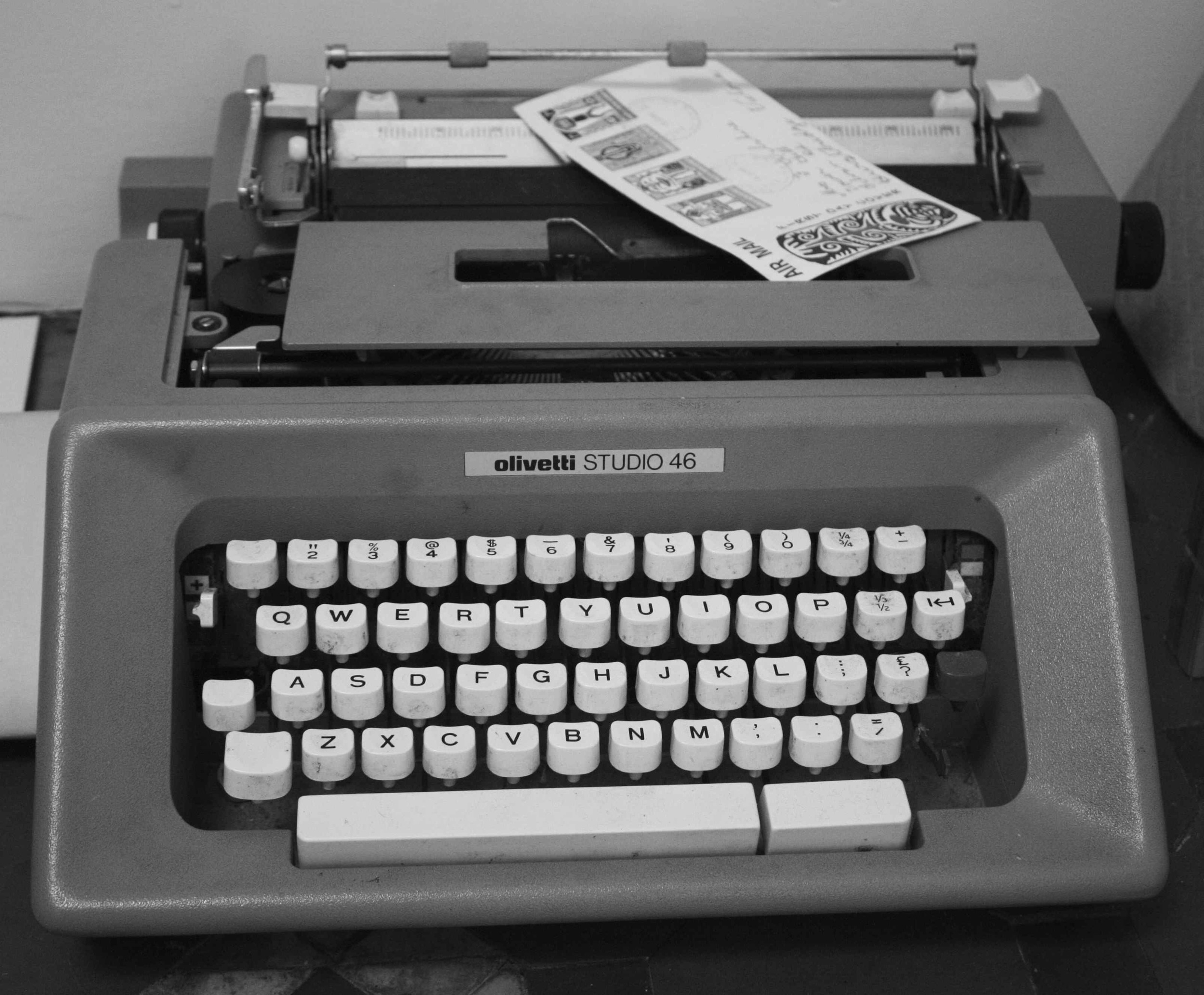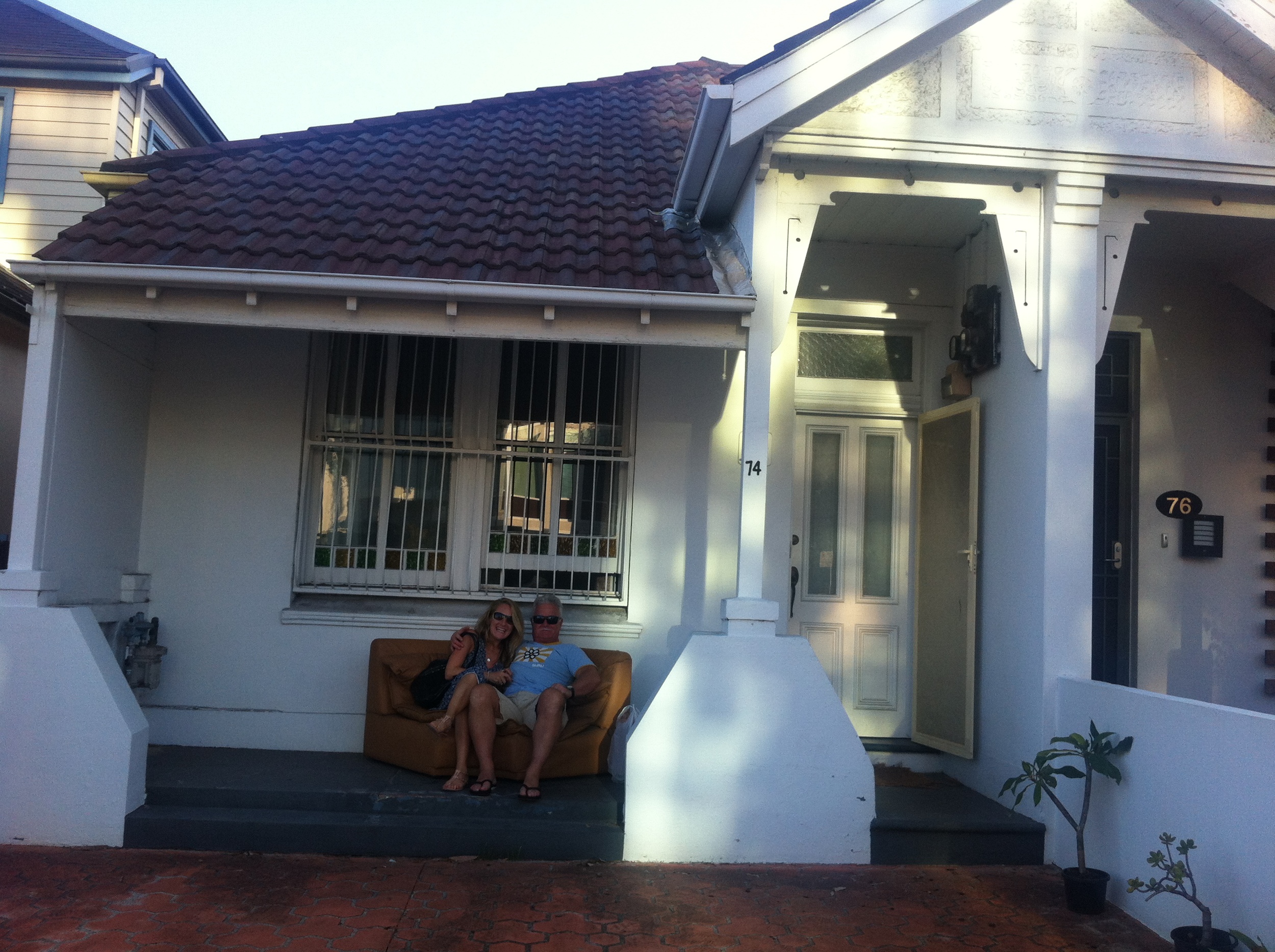 The polarisation of opinion with regard to these topics is growing by the minute…and there is much to debate. For this post my thoughts are focused on childbirth, although both subjects are absolutely interlinked.
The polarisation of opinion with regard to these topics is growing by the minute…and there is much to debate. For this post my thoughts are focused on childbirth, although both subjects are absolutely interlinked.
My initial response when I read condemnations for those who promote and support normal physiological childbirth or breastfeeding is of sadness and shame. Sadness that there has potentially been some degree of personal distress for the one proclaiming their opinion. Shame that my profession is often part of the ‘problem.’
I see and hear opposing yet valid viewpoints about childbirth on almost a daily basis, mainly via blogs, Facebook and Twitter. We are all entitled to our opinion, and it’s good that there can now be a degree of open debate via social media channels. The problem arises when journalists and high profile individuals sensationalise a particular topic through mass media, basing their opinion on their personal experience. This can be inadvertently damaging, especially when related to childbirth.
Kirstie Allsopp’s response to the recent ‘too posh to push’ coverage in the Telegraph is an example of this. I can fully understand Kirstie’s retaliation to the implications that the Caesarean Section (CS) rate is higher in middle class areas, there may be something personal in that. The fact may have an element of truth, but the reasons for the increasing unnecessary intervention and related CS rates aren’t as simple as this. There are other suggestions for the relentless shift.
As stated in the Telegraph article, and in opposition to what the article headline actually suggests, women choosing to have major surgery instead of giving birth naturally are in the minority, and if there is a request is it usually for a very valid reason, usually associated with unprecedented fear.
Instead, the evidence and debate on the declining normal birth rate points to factors such as increasing maternal age, complexities of pregnancy, increased numbers of multiple pregnancies due to assisted conception, lack of senior doctors to make decisions on birth suite, low midwifery numbers, midwifery skill mix, focus on risk factors, women’s uninformed choices, inappropriate use of clinical ‘guidelines’….the list goes on.
For decades, childbearing women have been marginalised. I witnessed this during the thirty plus years I worked as a midwife, as did (and still do) my midwifery colleagues throughout the UK and beyond. Women’s belief in their ability to birth their babies is declining rapidly as a result of unnecessary medicalisation in maternity care. This was recognised as a growing problem more than thirty years ago, and midwifery organisations such as the Association of Radical Midwives and service user organisations such as the National Childbirth Trust thankfully and successfully campaigned for change.
Whilst practices of unnecessary medical intervention in the childbirth process continues globally, there is a continued and renewed uprising; women, midwives and obstetricians are recognising the potential consequential harm to mother and baby. Childbearing women in particular are the catalyst for change. Instead of remaining afraid, women are forming organisations to support parents to be, such as The Birth I Want, The Positive Birth Movement, One World Birth and Birthrights. Doctors and Midwives are active too. I imagine if Kirstie was having her babies twenty years ago she would been amongst those initial radicals campaigning for change. But with the drive and energy for change comes expectations of parents, and when those expectations aren’t reached for whatever reason, disappointment seems to initiate the need to blame instead of pursuing further change.

The topic is a complex one. But take a look at the chart here. The Caesarean section rate is increasing, and the normal birth rate decreasing. This alarming fact isn’t matched with improved health for mother and baby, in fact I would suggest it has had the opposite effect.
So, are we wrong to try to influence the way babies are born? I think not. But instead of arguing and blaming others, women, men and families must try to move together. The evidence is stacked high that where birth is as close to nature as possible, where women are cared for respectfully and her caregivers are respected then maternal and child health is at it’s best. Some women need intervention. Both my daughters did, and it was life saving. But we are now in a danger zone where medical advances are replacing nature, and that causes harm and was never meant to be.
So come on. Women are not ‘too posh to push’. They are strong and powerful, and if they are given respectful and supportive maternity care they will flourish as women and as mothers. But they need to know and understand the evidence behind the implications of some of the choices they make, and that others try to make for them. Those providing that information and encouraging them to achieve their goal does not mean they have a ‘luddite obsession’ and they are not the purporters of guilt. Midwives are feeling more desperate for change by the day, and they need women (and their partners) to help them to reverse the trend.
Let’s get together Kirstie, and see what we can do.
Childbirth chart BirthChoiceUK
Photograph copyrighted to SevernJonesPhotography





